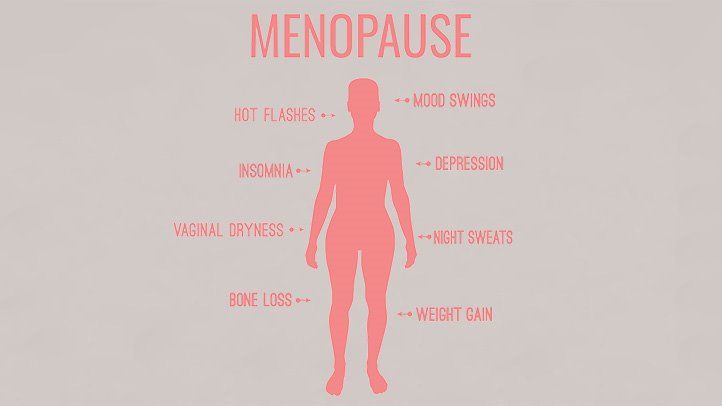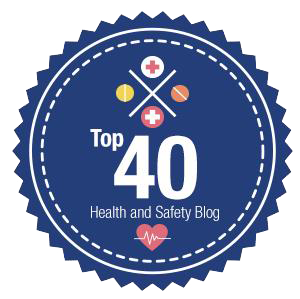
How to improve the wellbeing of employees
When managing health and safety at work, it’s easy to focus on just the physical hazards of the workplace. This is where most of the legislation lies, with the biggest penalties being dealt out for non-compliance.
However, employee wellbeing addresses both the physical and emotional health of employees. Aiming to prevent problems arising or, if they do, helping employees to cope with them. This allows the issues to have a minimal impact on their work.
Why improve wellbeing?
Research shows that having positive wellbeing in the workplace leads to an increase in motivation and productivity, whilst reducing absenteeism and staff turnover. Therefore, creating a workplace culture which supports employee wellbeing should be the goal of any business.
While the benefits are obvious, the negatives of not looking after employee wellbeing speak loudly. With the Centre for Mental Health suggesting that UK companies lose £34.9 billion in productivity because of mental health issues alone.
Don’t limit your business to just health and risk assessments, ensure you improve wellbeing for your employees outside of the legal requirements. Let’s look at some ways you can below.
Improve physical wellbeing
You can set aside funds to encourage the activeness of employees or improve workplace facilities. Whether that be through infrastructure or through education, there are a few key areas you can focus on.
Physical activities
This is the most simple way to improve physical wellbeing, make your employees more physically active. To improve physical wellbeing, an employee doesn’t need to spend hours in the gym but simply move around the office more.
This can be encouraged by implementing an initiative in the workplace where you educate employees on the dangers of a sedentary lifestyle and encourage them to stand up and move throughout the day.
Though it is important to note this “policy” idea is intended to provide permission to employees to get up and moving; it is not meant to be policed.
Funds can also be spent on equipment such as standing desks or a foot peddler to improve their health. Or for those employees who are interested in working out at a local gym, you could look for a group discount to provide them with.
Ideas
• Educational workshops
• Policy/initiatives in the workplace with group walks
• Discounted/free gym memberships
• Weekly/monthly exercise classes at the workplace
• Equipment such as standing desks
Healthy eating
Diet is an important factor in an employee’s physical wellbeing. Over a long working day, it’s inevitable they’ll want a snack at some point. As an employer, you can encourage wellbeing with healthy and nutritional snacks around the workplace.
You can go a step further and ensure there are healthy options when holding workplace functions or events. Always opt for a healthier set of dishes for your employees.
Allowing for an adequate space where employees can store and prepare food also promotes healthy eating. Many convenient lunch meal deals from supermarkets or corner shops are either very calorific or offer little nutritional value. This allows employees to bring in healthier options.
Ideas
• Healthy snacks at work
• Healthy food at work events
• Adequate food storage and preparation equipment at work
Sleep
Sleep deprivation plays a big part in an employee’s wellbeing. If you lack sleep every night, there are some serious ramifications for your long-term health. Research shows that as a result of less sleep, individuals “move slower, have trouble concentrating, become forgetful, make bad decisions, are more irritable, and show visible signs of sleeplessness.”
How can you promote better sleep habits? Encourage employees to take regular breaks and ensure there are reasonable work schedules in place. Promote or provide tips for good sleep at home such as limiting screen time and avoiding stimulants like caffeine too close to bedtime.
Ideas
• Education
• Reasonable work schedules
Improve mental wellbeing
Mental wellbeing in the workplace is something that is incredibly important towards a productive business but is often last on the list of priority.
As mental health is almost invisible compared to physical health, it can often go by the wayside even to those suffering. This leads to an inevitable crash at work if you do not encourage positive mental health wellbeing.
Here are some ways you can encourage mental wellbeing in your workforce.
- Provide wellbeing support and perks
- Offering employee benefits aiming at improving wellbeing is a great idea to keeping your employees’ mental health up. This can be achieved in a number of ways, which allow the employee to have a confidential support network.
- One way of doing this is by investing in an employee assistance programme (EAP) to improve wellbeing. This provides employees with a wellness programme as well as access to counsellors to talk through workplace issues.
- Providing resources and programmes can also be an invaluable way of supporting mental wellbeing. This allows employees to tackle these issues and at their own pace, sometimes it is difficult to talk to someone else so reading can be a good alternative.
Ideas
• Invest in an EAP
• Provide mental health resources and programmes
Engage with employees
Providing employees with external support measures, such as EAPs, are a great option. However, if you engage with employees, this is a great way to encourage wellbeing alongside this.
If you show you care in the workplace, it can help foster positive wellbeing and bring a workforce closer together.
Whether that be through more one-on-one meetings and recognition, or with events paid for by the company. When talking to an employee, show you care about them as a person, ask about their life, talk about their career and goals rather than just job performance and just engage with them.
- One on one time with employees
- Asking about the employee’s life rather than work
- Talk about their career and goals
- Company events
We hope this has been useful. Remember to share this information with others in the company.
Contact us if you require further information.
Guest Blog with David Price from Health Assured https://www.healthassured.org/. Thank you!










